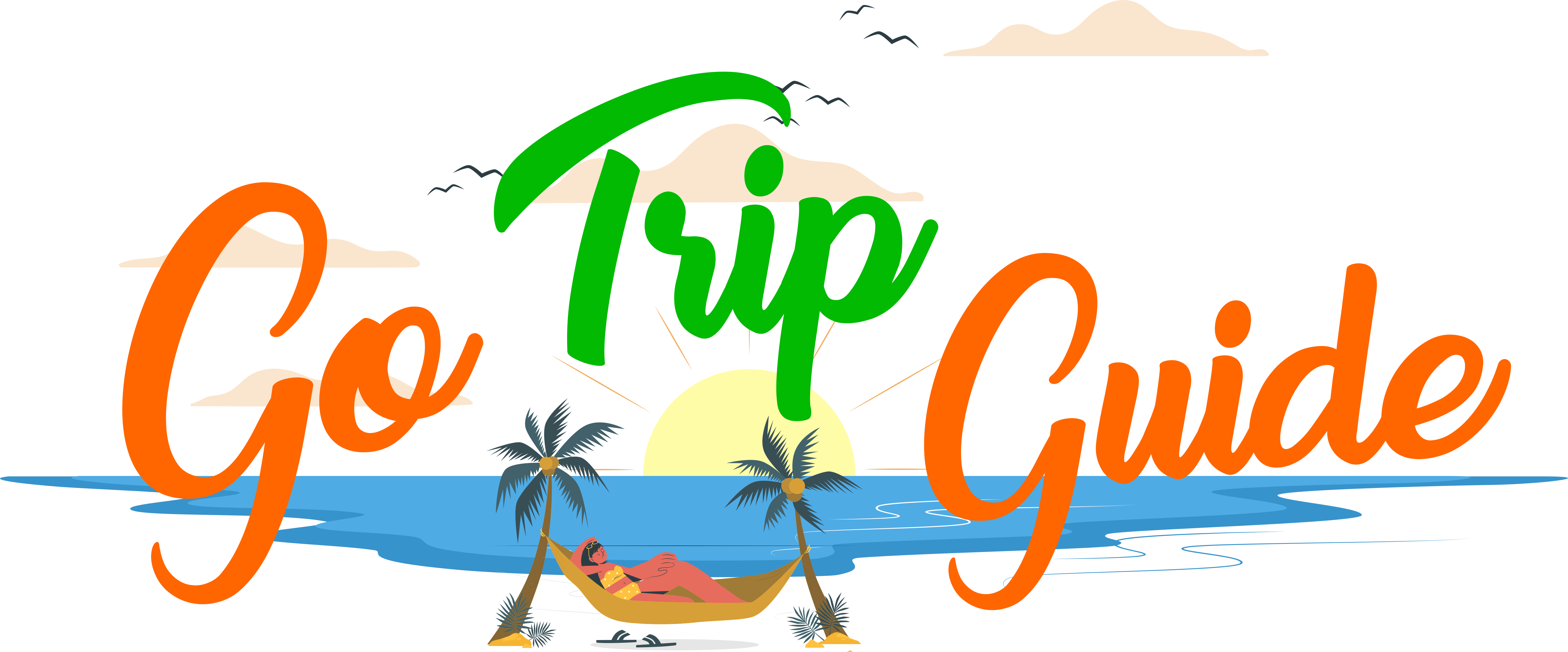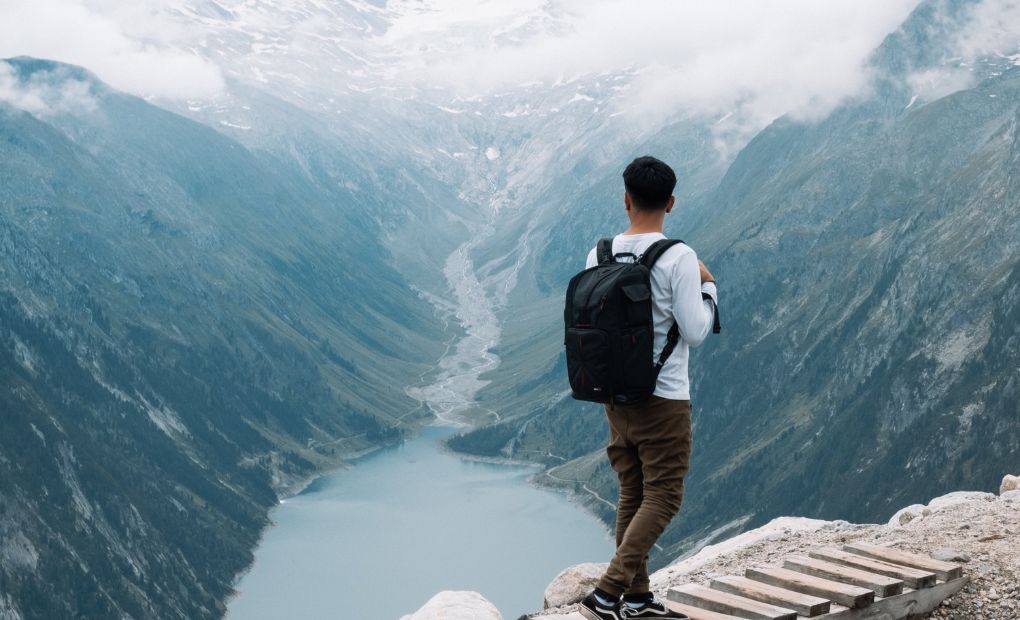Planning a trip is one of the most exciting parts of a new trip. Some people will only book a flight ticket, so it’s not for everyone. Still, there is a lot to think about when planning a trip, like getting a visa, getting your shots, and making a schedule. It can be hard and take a lot of time, but if you follow these 7 tips on how to plan a trip, you’ll be on your relaxing vacation before you know it.
Go Trip Gude Always provides the best travel tips and recommends the best places to travel.
- Budget
- Destination
- Location Research
- Plan Your Itinerary
- Booking
- Plan your Arrival
- Do Some Paperwork
1- Plan Your Budget
The first and most important thing you need to do when planning a trip is to decide how much money you want to spend. Your budget will have a big effect on how you plan your trip, like where you can go and how long you can stay there.
If you only have a small amount of money for travel, go to places like Laos or Thailand that are cheap to visit. Cut your trip short so you can go to more expensive places like Portugal or Italy. You could also spend less on flights and journeys by car or train if you take a vacation close to home.
2- Choose a Destination
Now that you know how much money you have to spend, you need to decide where you want to go. Answer these quick questions to help you decide:
How Do You Like to Plan a Trip?
Think about your favorite things to do or the best trips you’ve been on in the past. Do you like to try new things or take it easy? City or the country? Or maybe you just want to try something new? Some countries might be able to offer more than one type of trip, but it’s best to plan a trip around these categories. For instance:
Adventure: looking for something exciting and heart-pounding? Choose places where you can do a lot of fun things outside and where the scenery is exciting. Hiking, rock climbing, kayaking, forest trekking, surfing, or diving are all great things to do anywhere in Asia.
Relaxation: Imagining yourself lying on the soft white sand, swinging in a hammock, and drinking coconuts under the palm trees as the wind blows? If so, pick a country that’s known for its beautiful beaches or islands. Like the Maldives, Greece, or Thailand.
Culture: Plan a trip to a country with interesting past or well-kept traditions if you like to learn while you travel. For example, Cambodia, Oman, or Peru. One of the best parts of traveling is getting to know the people and customs of a new place.
Food: think it’s silly to choose a place to go based on the food? Think again! One of the best and most fun parts of visiting is trying the local food. Plan a trip around the things you like best. India, Italy, and Indonesia are just a few examples. Yum!
3- Location Research
When planning a trip, it’s important to do research, especially if you want to see a lot of a country. Use the following sites to learn more:
Use Instagram and Pinterest to Plan Your Trip
Pinterest and Instagram are great ways to find travel blogs and photos that inspire you. Use the terms or the search bar to find where you want to go. This is a great way to find secret gems you might not have heard of otherwise.
Use Travel Blogs
Just keep reading! Using travel blogs and travel guides on the internet is a great way to figure out what you want to see in a certain place.
4- Plan Your Itinerary
Now that you’ve done your study, it’s time to put everything together and plan your trip day by day. Pin the places you found in your study on Google Maps so you can see where they are and how far apart they are.
When planning your trip, pay attention to the following:
- Distance- Use Google Maps to figure out how far apart places are. This will help you figure out how many tourist spots you can see in one day.
- Flexibility- A trip never goes exactly as planned, so it’s best not to plan too much and leave room for things that come up. You might decide you love a place and want to stay longer than planned, or you might miss your bus.
- Relaxation- Traveling all the time can be tiring, so it’s a good idea to plan some days off during your trip. It is your vacation, after all!
5- Booking
You’re finally ready to book the trip you’ve been planning for a while.
Search engines like Skyscanner and Kiwi can help you find the cheapest trips or the ones with the fewest stops. Also, it’s a good idea to check prices from the airline itself. If the company is running a sale, the price could be a lot lower than usual.
Stopovers are also a good way to save money on your flight and see more of the world. Kiwi lets you add in layovers to see if that changes the price or not.
6- Plan Your Arrival
When you don’t know where you’re going, it can be scary to get off a long train ride or flight and not know where you’re going. When you plan a trip, don’t forget to:
- Purchase a local SIM card at the airport so that you can use Google Maps, Uber, a translation app, or simply contact your hotel.
- Plan your route to your lodging and ensure you have contact information in case you become disoriented. For instance, investigate how much a taxi from the airport will cost and where to locate one. Or determine which subway line you will need to reach your destination.
- In Google Maps, download a map of your first destination. The offline map also contains the waypoints you placed in Chapter 4. This eliminates the need for connectivity.
- Invest in foreign currency to ensure that you always have funds on hand.
7- Do Some Paperwork
Organizing essential paperwork is an essential component of travel planning. Don’t disregard to:
- Apply for a visa online or at your local embassy, based on whether or not you require one. Some countries require that you register for a visa upon arrival, which may necessitate carrying a passport photo. Additionally, you may be required to pay a fee; therefore, ensure that you have the correct amount in the appropriate currency.
- Purchase travel insurance. It’s always preferable to err on the side of caution! Here is a list of the top travel insurance providers.
- Obtain any vaccinations you may need if you’re traveling to a country with a high disease risk. Not enjoyable, but necessary!
- Order a transit card. For example, a Wise travel card (formerly Transferwise) does not charge fees for international cash withdrawals. If your card is lost or stolen, the thief will not have access to your primary bank account.
- Copy and print your essential documents and keep them in your carry-on luggage so that you always have access to them. For long-term travelers: Take additional passport photos!
- Purchase any necessary medications for the duration of the excursion. If you are traveling to certain regions of Africa, for instance, you may need malaria pills. This is essential to consider when planning a trip.
Read Also:

